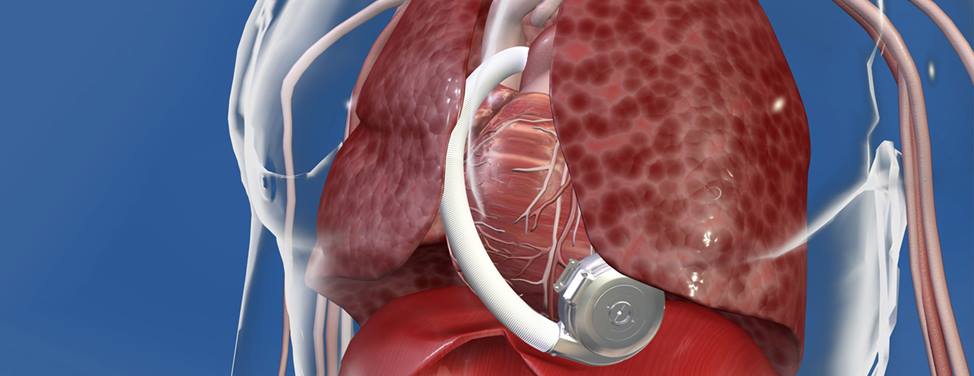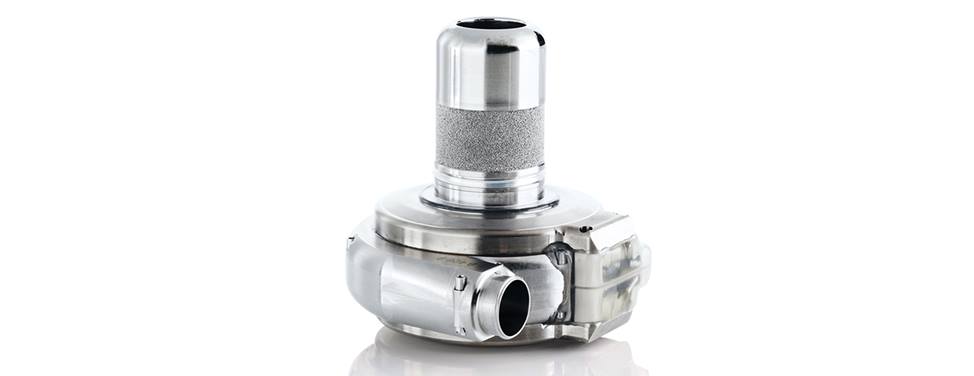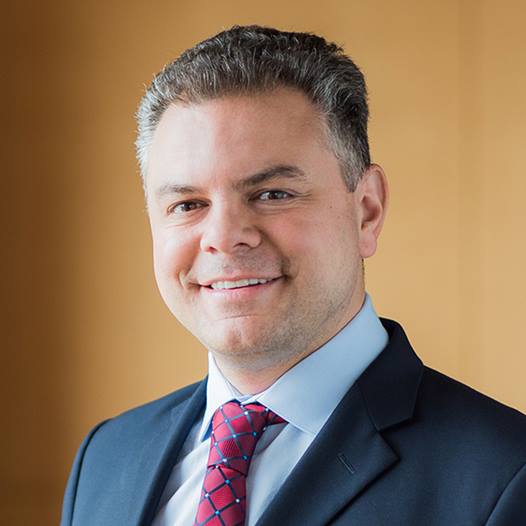Your doctor may recommend a VAD if:
- You're waiting for a heart transplant. The VAD will be implanted temporarily and you can return home while you wait for a donor heart to become available. When you receive your new heart, the VAD will be removed. This temporary use of a VAD is called "bridge therapy."
UCSF has begun using a newly approved device, the HeartWare Ventricular Assist System, which is smaller and lighter that conventional LVADs. It is compact enough to implant next to the heart, rather than in the abdomen, and it can be used in smaller patients. The HeartWare VAD also has a mechanical system that is more durable and less prone to complications than existing VADs. Unlike conventional VADS that pump in the same way as your heart, the HeartWare device allows a continuous stream of blood to flow through your heart. Patients with a HeartWare device don't have a normal pulse but their bodies are getting the oxygenated blood they need.
- You're not a good candidate for a heart transplant. A VAD can be a long-term solution to help your heart work better when medication isn't helping but you're not eligible for a transplant. In this case, the VAD will be permanently implanted, a treatment known as "destination therapy." It can significantly improve your quality of life.
Currently only the larger VADs are approved for destination therapy, but studies are underway exploring the use of the smaller HeartWare VAD for long-term treatment.
- Your heart's function can become normal again. If you're recovering from heart surgery, a heart attack or other illness that has temporarily weakened your heart, a VAD can allow your heart to rest until it's healthy enough to pump blood on its own. In this case, you may only need the VAD for a few weeks or months. Once you are better, it will be removed.
VADs do come with risks, including the risks associated with any major surgery, as well as the risk of stroke, bleeding or infection at the incision or in the heart. There's also an ongoing risk of infection at the wound site where tubing connects the internal pump to the external power source.
Procedure
Before getting a VAD, you will undergo tests to assess your heart function and ensure you're healthy enough to undergo surgery. These may include: a chest x-ray, an echocardiogram, an electrocardiogram (EKG), blood tests or cardiac catheterization.
Implanting the VAD requires open-heart surgery under general anesthesia. You will be asleep for the procedure and won't feel anything. The surgery takes about four to six hours. Afterward, you will be transferred to the intensive care unit for recovery. You will be on a respirator, or breathing machine, until you're awake and able to breathe on your own.
During your hospital stay we will teach you and your designated caregiver about the device, including how to maintain and protect it and what to do in case of emergency. By the time you leave the hospital, you and your caregiver will be experts on your VAD.
We will communicate with your primary care doctor and your local emergency services — such as the ambulance service or fire department — to alert them that you have a VAD and to explain what this means for your care.
Recovery
Once you're home you'll need to do a daily check to make sure the device is working properly. This takes just a few seconds and all you need do is press a button that cues the device to run a self-test. Your caregiver will also need to change the dressing covering the site where the device exits your body. This takes 15 to 30 minutes. Depending on the type of VAD used, you may need to take a blood thinner medication.
You won't be able to swim or take baths, but once the exit site has healed you'll be able to take showers using a special covering that protects the device from getting wet. It's possible to damage your VAD by touching certain electronic equipment, so your health care team will instruct you about handling electronic equipment before you're discharged from the hospital.
When you're discharged, we will give you contact information for the Mechanical Circulatory Support Program team. If you have any problems with your VAD, you will be able to reach your support person 24 hours a day, seven days a week.














